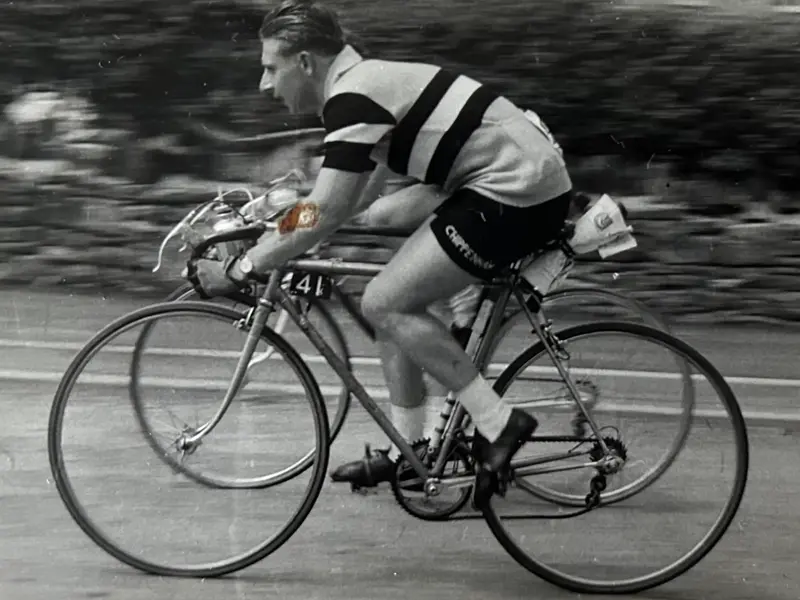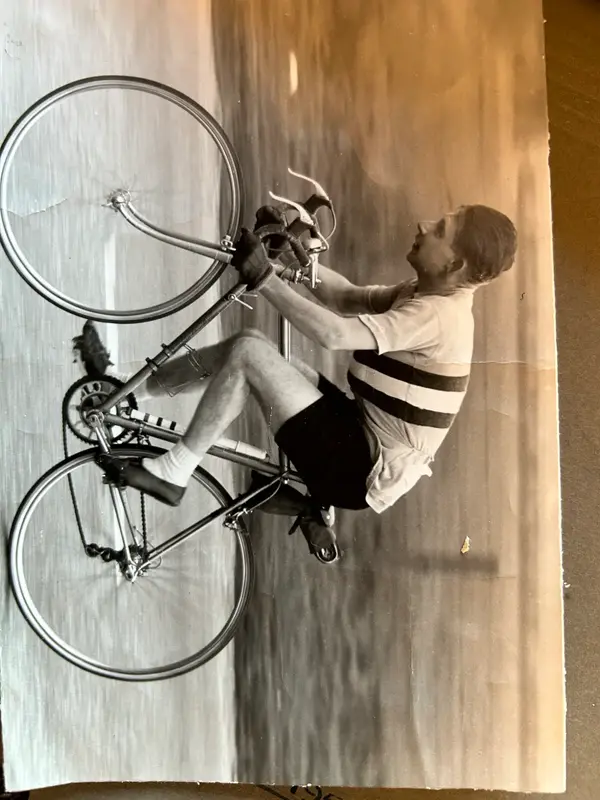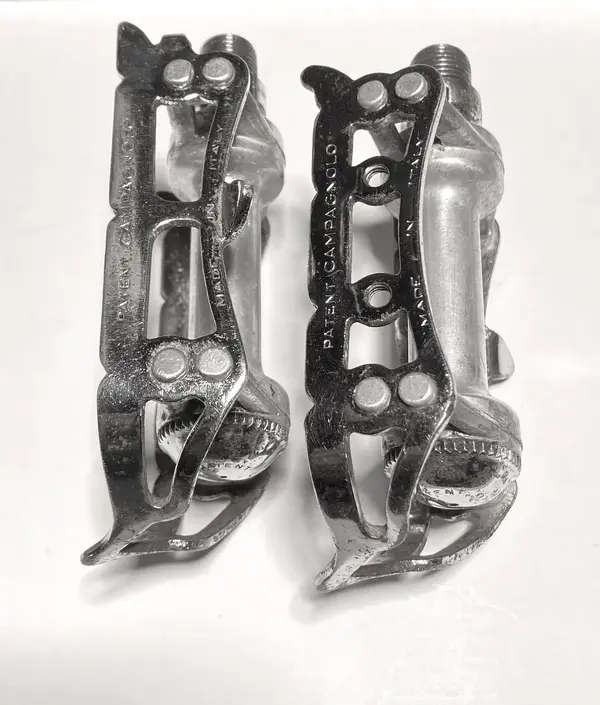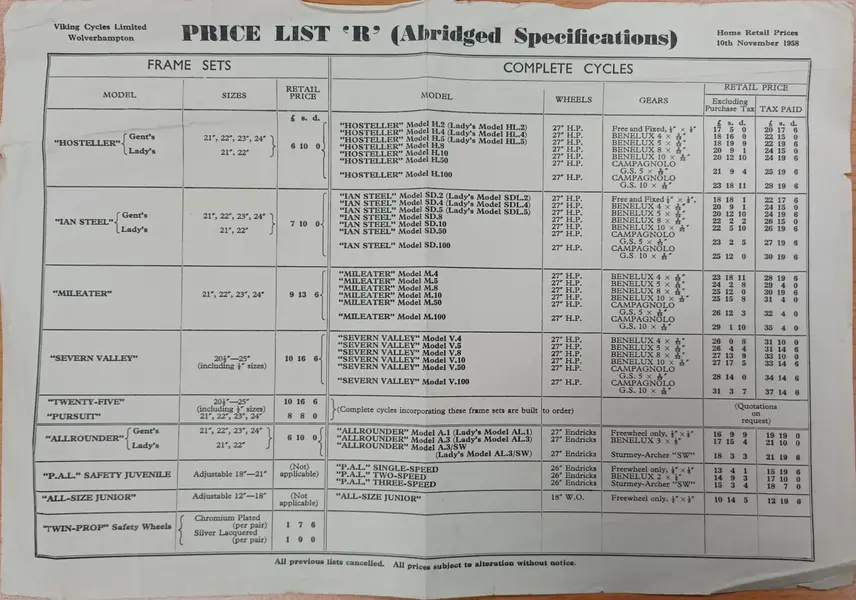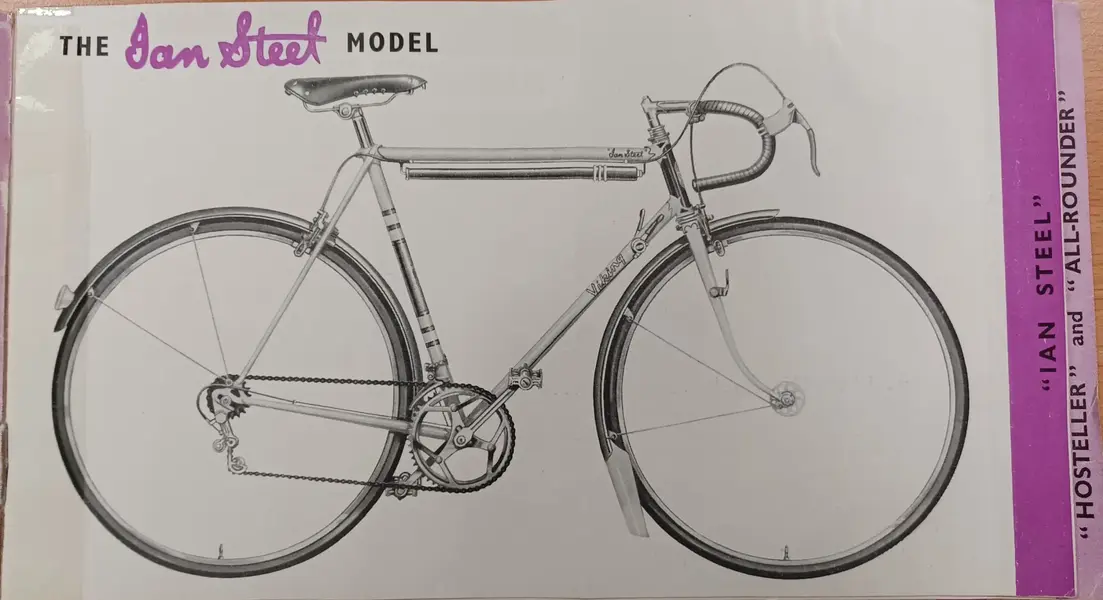straightpullspoke3
Retro Newbie
Thank you! I am thinking maybe it is some sort of transition between the Severn Valley of 1951 used in that years ToB and the frames that would eventually be branded Tour of Britains in 52. Other useful information might be that the head badge holes are 53 mm apart.I shall delve into my archives and see if I can find out which model it was.
This may take me a while .
I’ve spent a lot of time on classic Viking cycles. It’s the serial number on the dropout that has me confused but apparently these serial numbers were quite haphazard before 1954. Once I start disassembly I will look for the frame number on the steerer tube. He was so adamant it was a Tour of Britain and that he purchased it in Feb 1952. He has written about the bike in some regional cycling publications and always described it as such.
I will also likely come across more original parts when clearing out the garage and maybe some more photos of the bike from that time, which may shed better light on the matter.
Some photos here of (what I believe to be) the frame in 1952-56, but I wasn’t able to discern much from them, maybe your expertise can.
